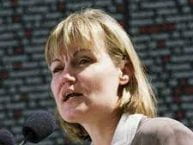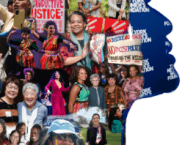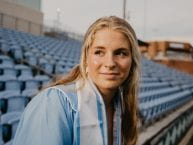
On February 2nd, we visited the Paley Center for media, a digital museum. The Paley Center does workshops regarding some of the things they have collected, and we attended a workshop on how the media has depicted women over the years. In earlier clips, from the 1950s-60s, it was made very clear that the only accepted body type was thin, and girls would try and make themselves look fatter in order to make men stop liking them. In clips from the 70s-80s, even in fighting shows, women were dressed in revealing and impractical costumes, and barely moved in order to remain womanly. It was overall a theme throughout these clips that the women were oversexualized and looked down upon by the men around them. The portrayals of these women was also very stereotypical. In a clip from pretty little liars, which aired in the 2010s, two girls talked about their friend who had died, but quickly switched to talking about their new hot male teacher. These clips were poor representations of women, and were just stereotypes of how women actually act. On the bright side, the more recent clips did show better representations of women, who were strong and depicted in a positive way, which shows that representation has gotten better over time. One of the more recent clips was an advertisement for an Always ad, and it showed boys being told to do things “like a girl.” The boys tried to follow the directions in a more girly, weak-looking way, but when the girls were told to do things like a girl, they did things in a normal way that wasn’t overly weak or “girly.” It was nice to see a general picture of the way the representation of women has progressed and how it has gotten at least a bit better.




















